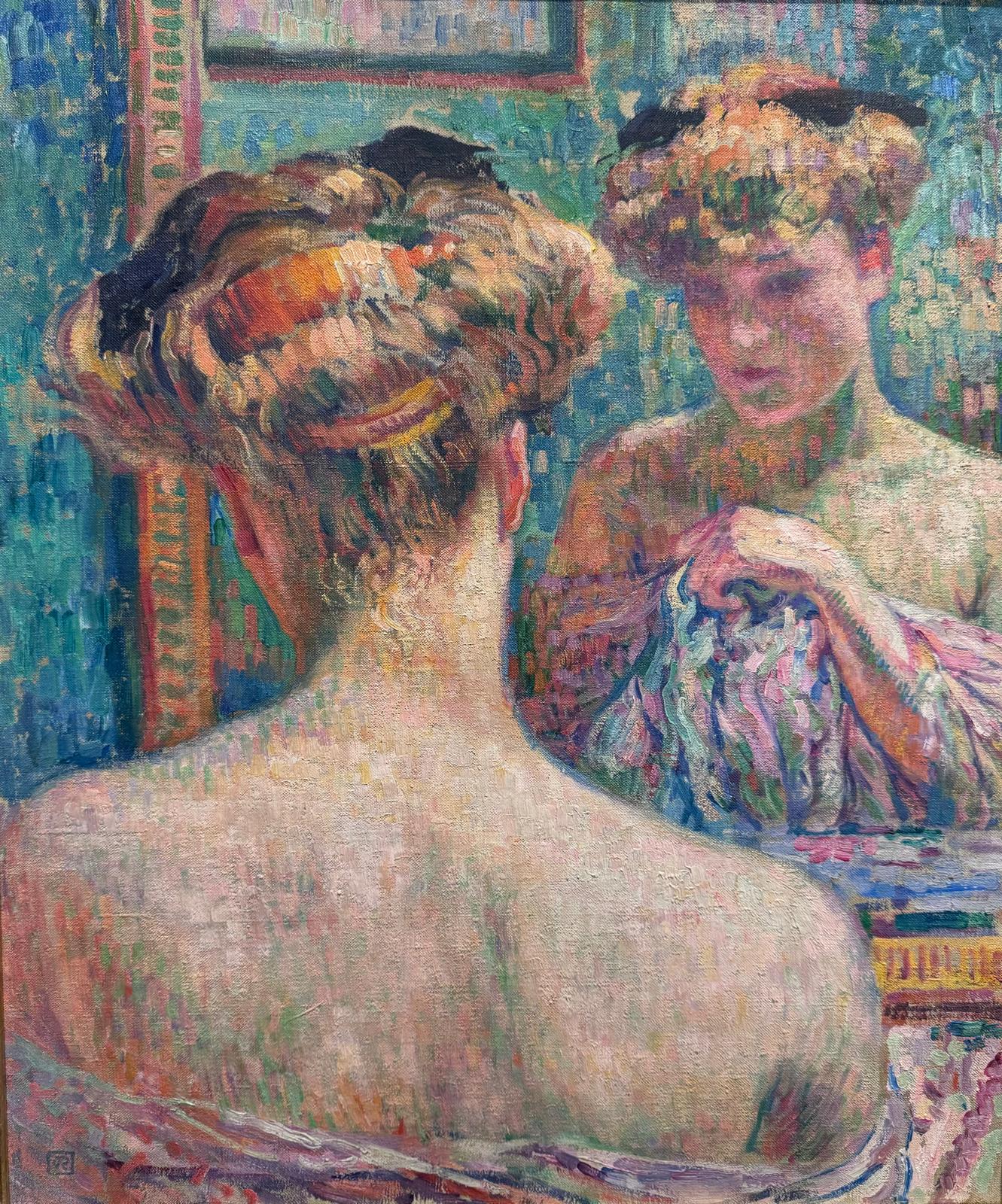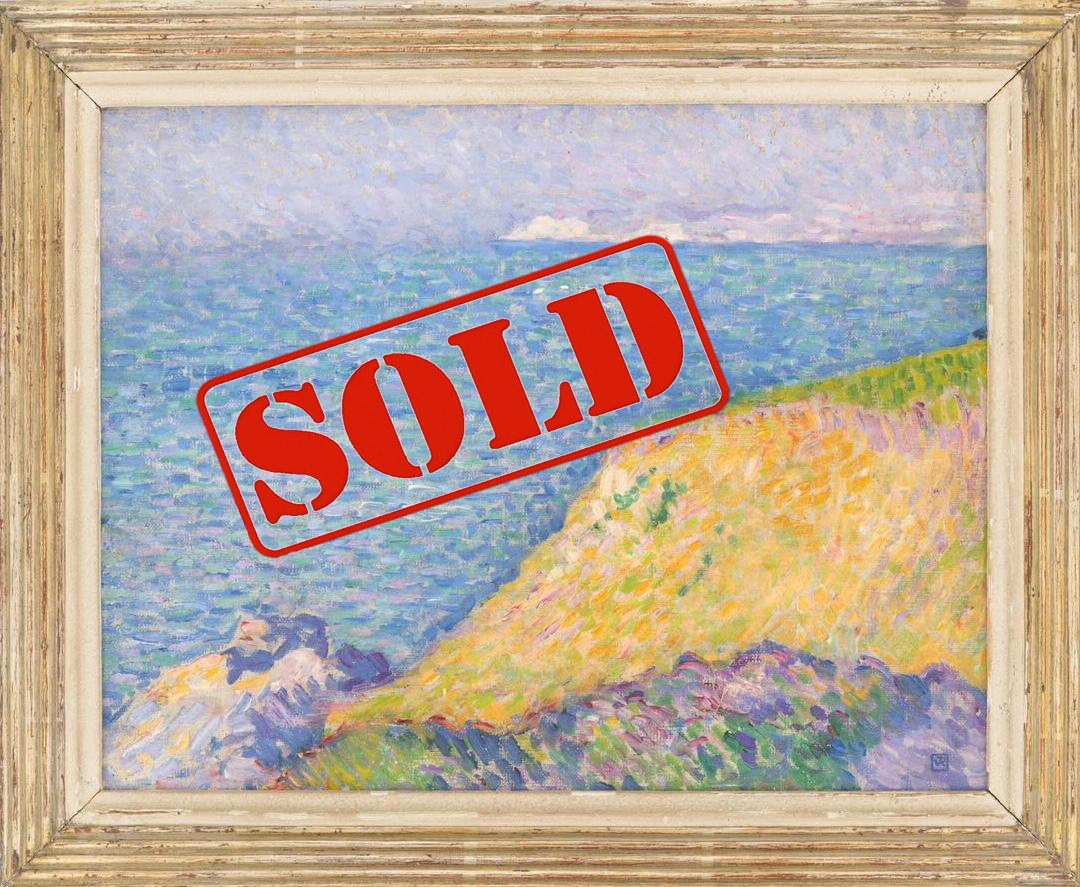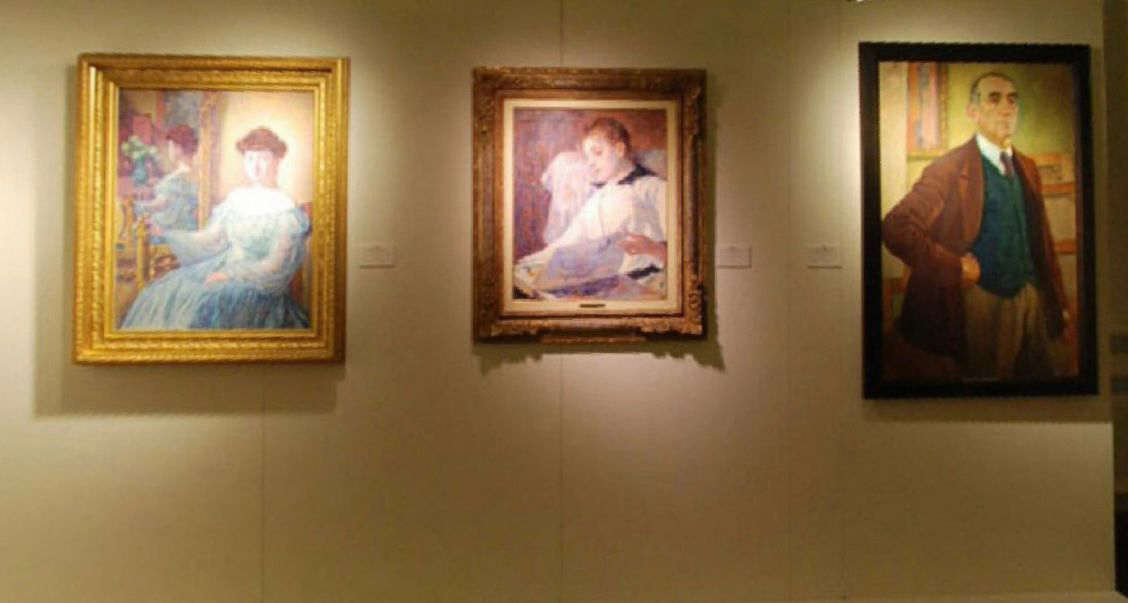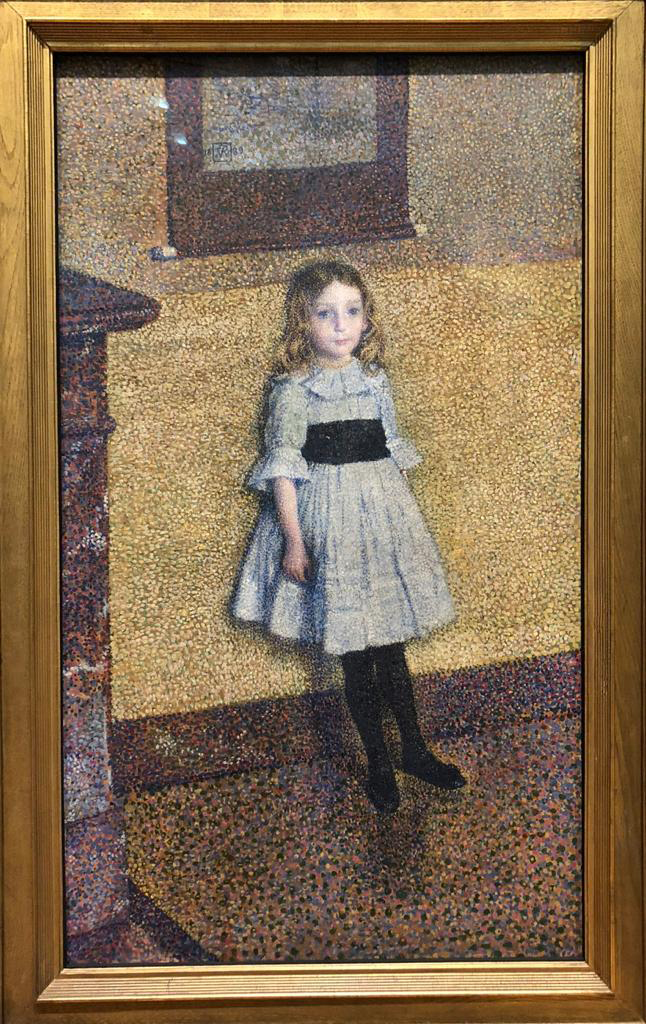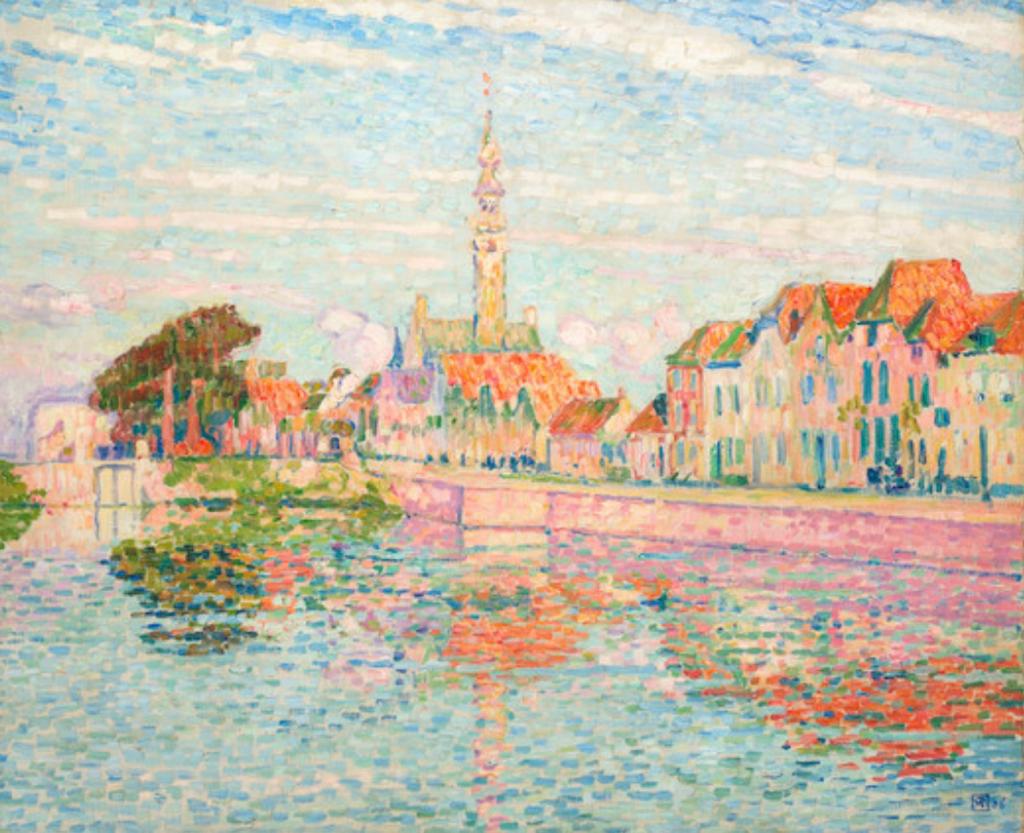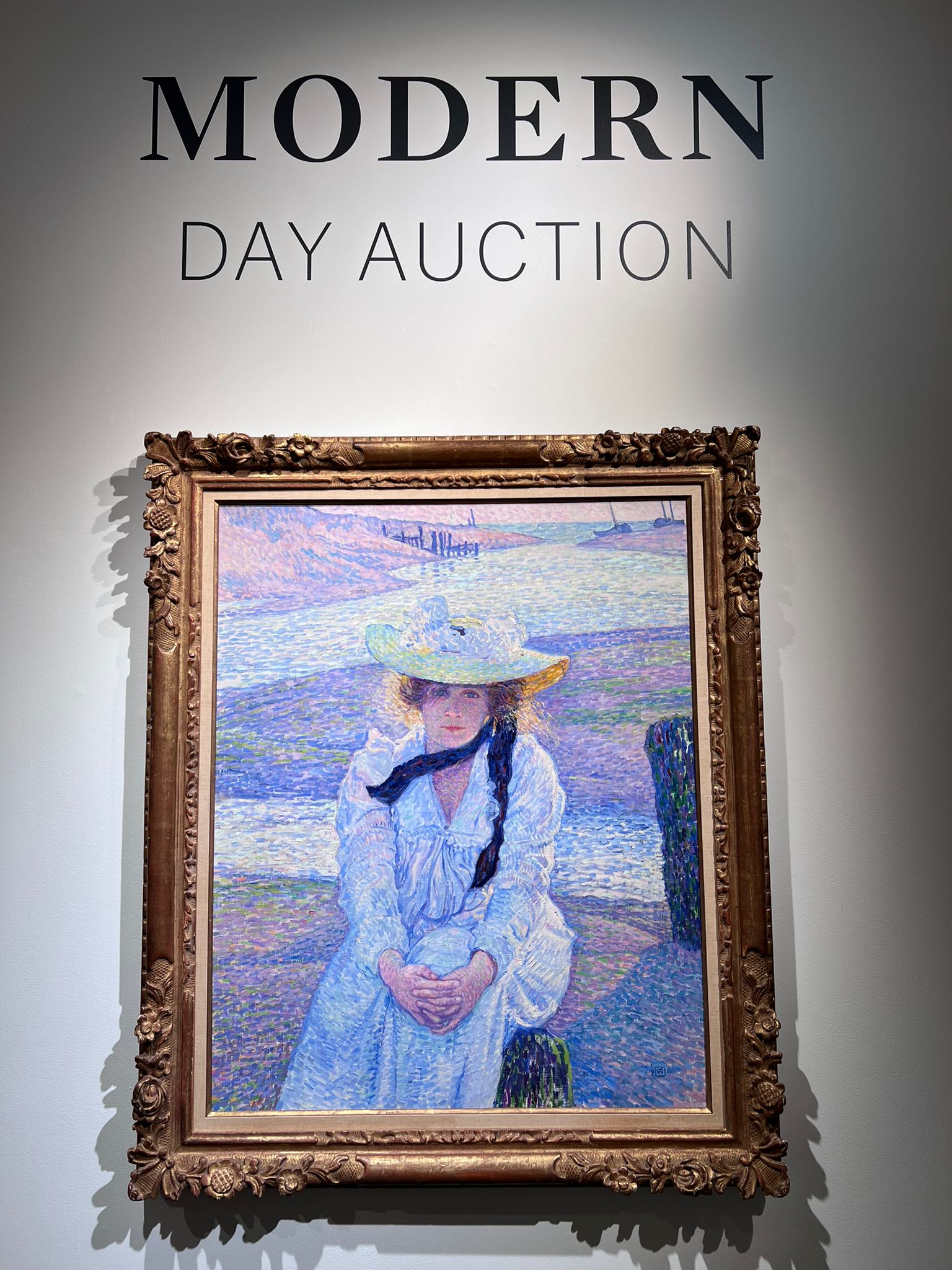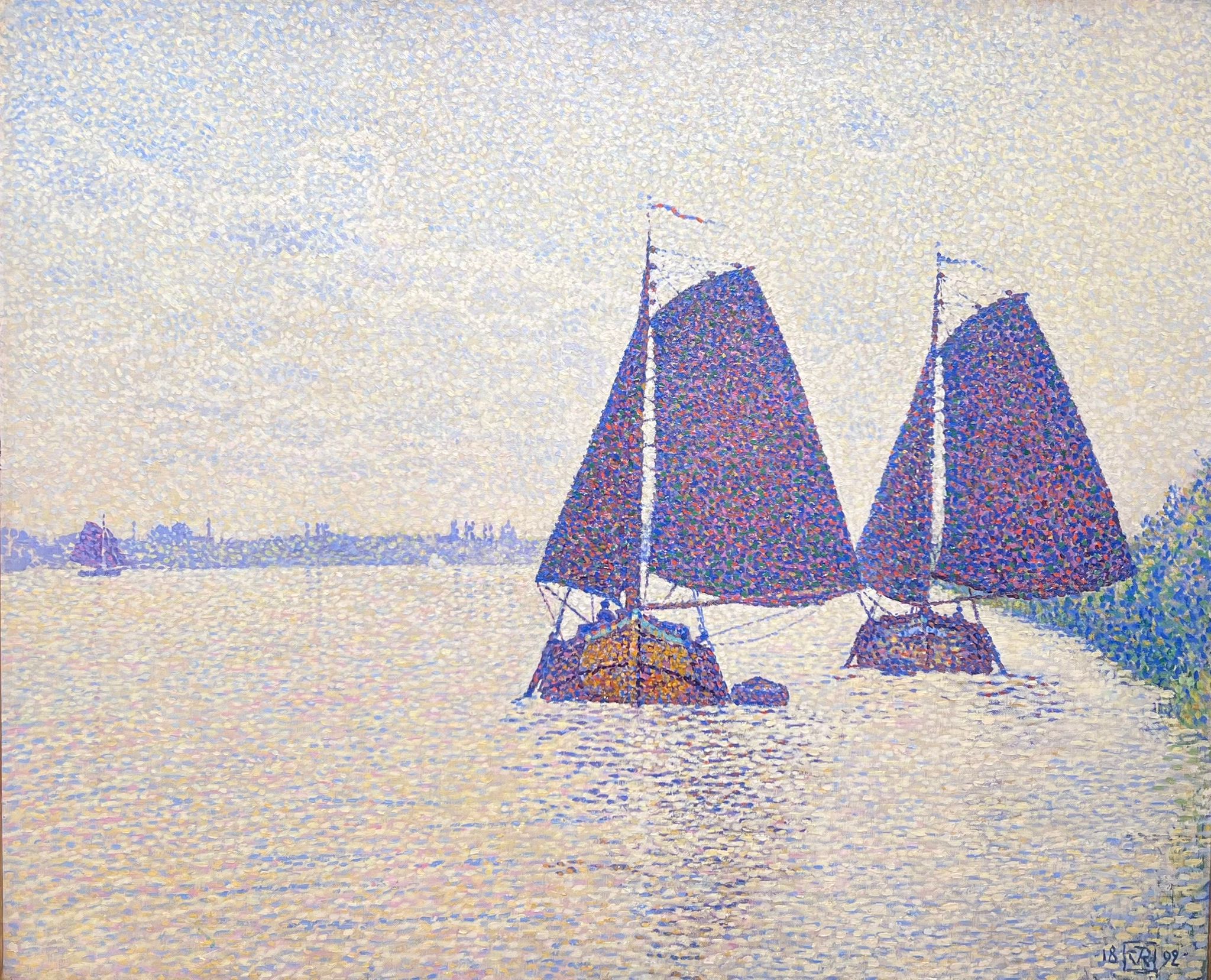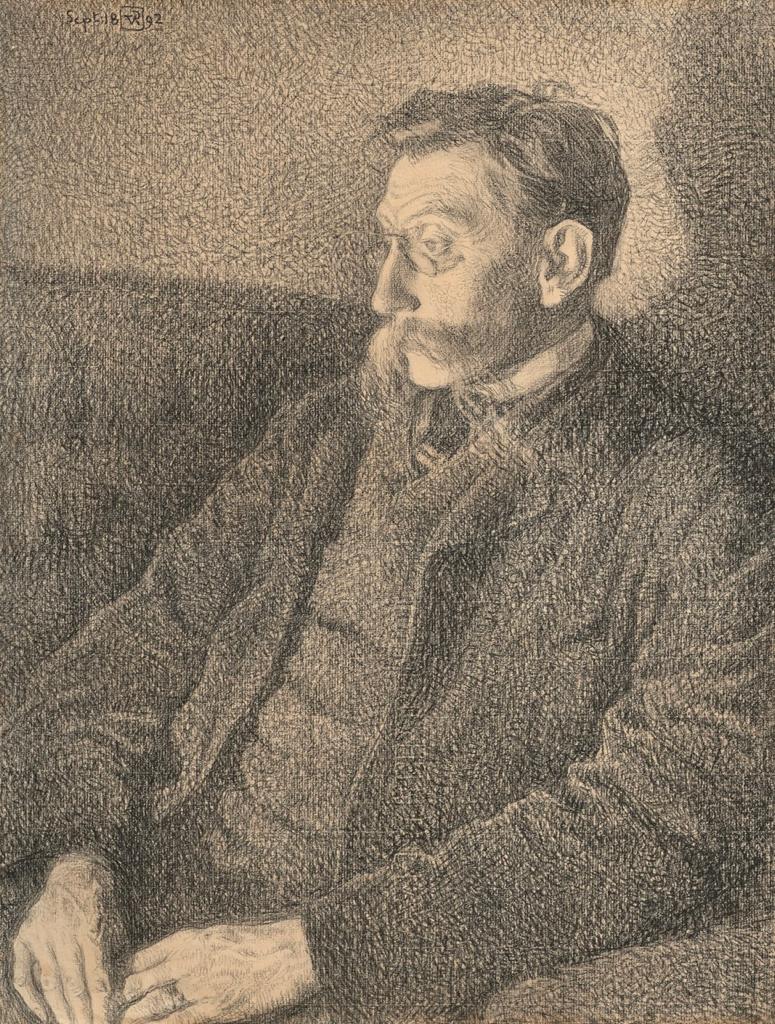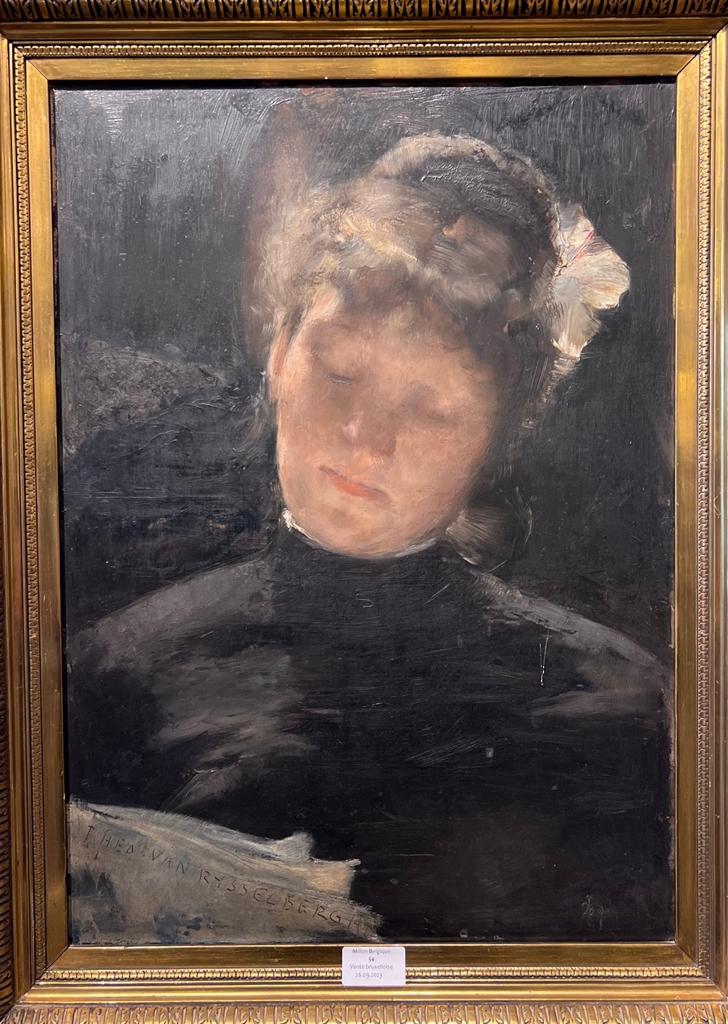Never before seen on the art market, this beautiful canvas will be auctioned by Christie’s in Paris on April 10th. Blonde nude or Nu de dos (in front of the mirror)Estimated at 70/100,000 euros.Olivier Bertrand certificateWill be included in the catalogue raisonné prepared by Olivier Bertrand Signed with teh...
A Word from the Expert
Côte d’Opale
Côte d’Opale is an exquisite little picture painted around 1900 by the artist, who was probably on holiday at the home of his friends Laure and Georges Flé, with whom he had a habit and from whom he travelled up and down the coast, working tirelessly to produce some...
Breaking news! Wrong attribution
Sold for $5,000 on 28 July in New York, this painting of the painter Théo Van Rysselberghe is NOT by Théo Van Rysselberghe. It is not a forgery but a work by another artist (perhaps his pupil Suzanne Wehler-Schlumberger). An interesting document, executed after the model around the 1920s....
No One Is A Prophet In Their Own Land
The largest private collection of works by Théo Van Rysselberghe is not in Belgium or France, but in Turkey! In Izmir to be precise, at the Lucien Arkas Museum, which owns a good dozen of them, presented as part of a large collection devoted to Belgian art.
Denise painted 1889
With his sublime painting La petite Denise, painted in 1889, Théo Van Rysselberghe entered the Metropolitan Museum in New York. By an amusing coincidence, Denise Maréchal was his niece by marriage, and also the niece of Georges Lemmen, who painted at least one portrait of her. A few years...
Veere unsold
Sold for €59,000 in 1989 and €82,000 in 1998, this view of Veere was offered by Bonhams on 21 November 2023 in London on behalf of a very greedy and optimistic Dutch collector. With an audacious estimate of £300,000 / 500,000, it naturally went unsold.
Portrait from 1901
The star of the day’s Sotheby’s sale in New York, this large 1901 portrait fetched $1 million, well below its estimate ($1.2 to $1.8 million).
Painting from 1892, not unsold …
Alain Delon was the proud owner of this fine neo-impressionist canvas from 1892. But this did not persuade buyers to pay the $5 to $7 million expected by Christie’s at its New York sales. This is a new technique used by auction houses to avoid unsold works and bad...
Portrait of Verhaeren
A masterpiece of Neo-Impressionist drawing, this 1892 portrait of Verhaeren has aroused the passions of true connoisseurs. Sold for 150,000 euros in 2006, it was offered at the same auction house, Christie’s Paris, on 21 October 2023 with an astonishing estimate of 60-80,000 euros. After a fierce bidding war,...
A discovery
Sold for 32,000 euros, four times its low estimate, this superb painting from the early 1880s was rediscovered by Millon Belgique in a Brussels estate. Unsurprisingly unknown in Feltkamp’s self-proclaimed catalogue raisonné, the painting was accompanied by a certificate of authenticity from Olivier Bertrand, whose authority reassured the market...
